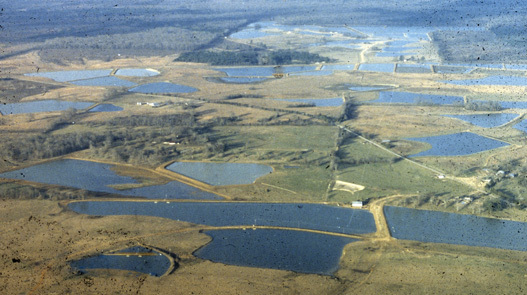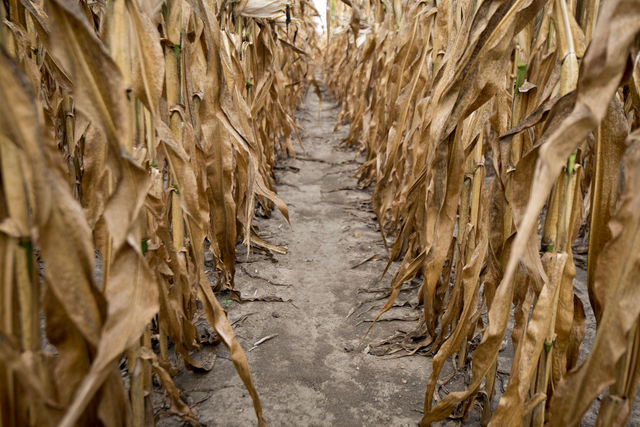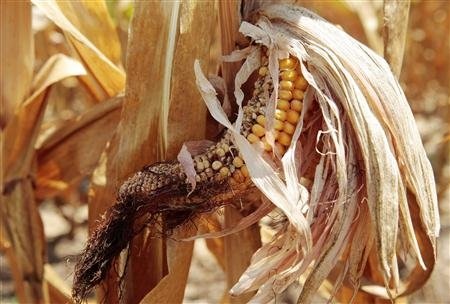What is the “farm bill”?
The Farm bill is a statute that can regulate farm production and prices. It creates jobs, protects our environments and natural resources, revitalizes rural economies, invests in education, promotes renewable energy, and improves public health and nutrition.
The bill does not just benefit farmers, it benefits everyone. It provides funds to grow, promote, and purchase safe and healthy foods. In the long run it benefits each and every one of us; whether we know it or not.
The Farm bill is a statute that can regulate farm production and prices. It creates jobs, protects our environments and natural resources, revitalizes rural economies, invests in education, promotes renewable energy, and improves public health and nutrition.
The bill does not just benefit farmers, it benefits everyone. It provides funds to grow, promote, and purchase safe and healthy foods. In the long run it benefits each and every one of us; whether we know it or not.
The farm bill offers many programs that are designed to help farmers during the current drought crisis. The drought is causing farmers’ crops across the nation to dry out and die. However, if the bill does not pass soon farmers could lose a lot of hard earned money. I think right now we really need a temporary drought relief package to help out farmers losing crops and money due to what is possibly the worst drought in 50 years. There is expected to see a drop in bushels of corn produced as compared to last year, even though farmers have planted more this year than any time in the past 75 years. The longer it takes to pass this bill, the more money we are losing.
One of the problems we are facing is that farmers need to plan, just as any other business and industry does. They need to know what their future is going to hold. They cannot know this without a lot of the programs, policies, etc. that is included in the farm bill. A lot of the debate is being focused on food assistance programs for the poor, which makes up for a lot of the bill’s spending. If we rush to pass this bill it should not be at the expense of jobs and struggling families, especially because it could take away from school lunches, which is sometimes the only meal that kids from these struggling families may receive each day.
It has been expected that little will happen between now and the presidential election (November 6th). However, I feel that there will be a push to pass something disaster related in September because of the severity of the drought. Hopefully seeing the conditions the drought is causing across the country congress will act soon. We are simply running out of time to pass this bill.
One of the problems we are facing is that farmers need to plan, just as any other business and industry does. They need to know what their future is going to hold. They cannot know this without a lot of the programs, policies, etc. that is included in the farm bill. A lot of the debate is being focused on food assistance programs for the poor, which makes up for a lot of the bill’s spending. If we rush to pass this bill it should not be at the expense of jobs and struggling families, especially because it could take away from school lunches, which is sometimes the only meal that kids from these struggling families may receive each day.
It has been expected that little will happen between now and the presidential election (November 6th). However, I feel that there will be a push to pass something disaster related in September because of the severity of the drought. Hopefully seeing the conditions the drought is causing across the country congress will act soon. We are simply running out of time to pass this bill.





